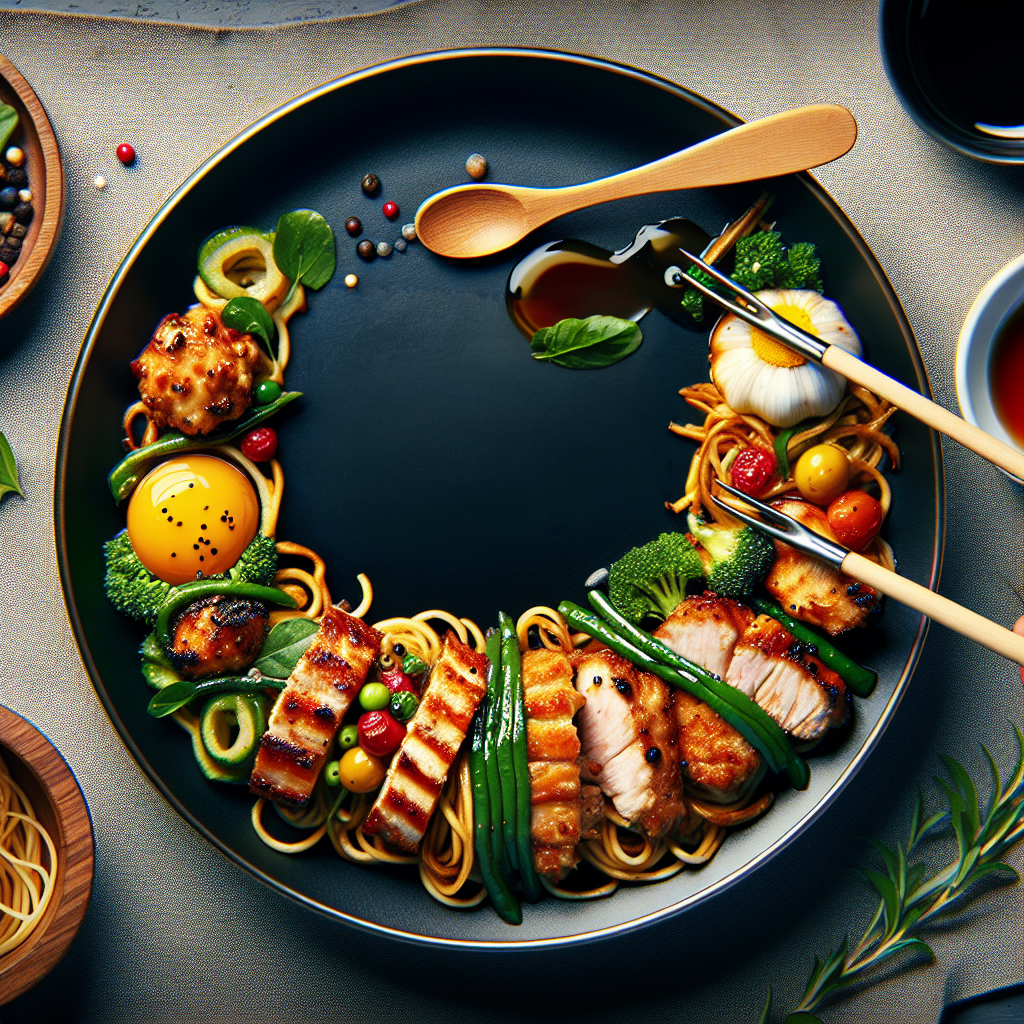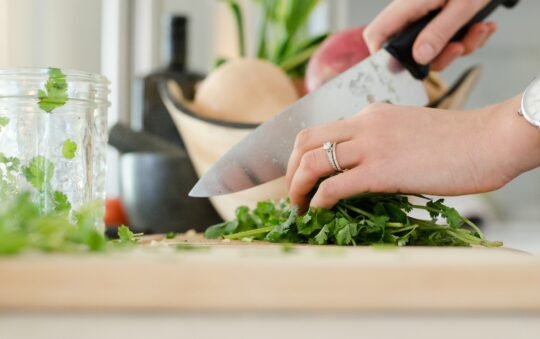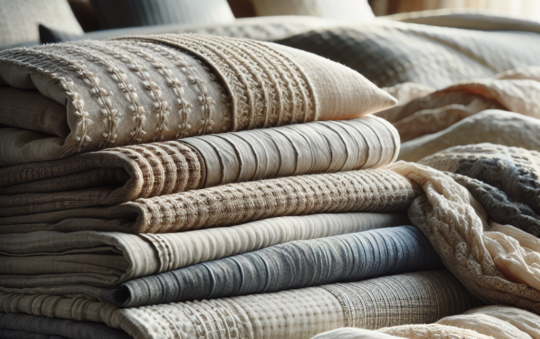If you’re someone who loves to cook, you know that having the right cookware material can make all the difference in your culinary creations. From stainless steel to non-stick, cast iron to copper, the options seem endless. But fear not, because this article is here to guide you through the process of choosing the perfect cookware material for your needs. So whether you’re a novice chef looking to upgrade your kitchen arsenal or a seasoned pro in search of the next best addition, read on to discover the key factors to consider when selecting cookware material.
Factors to Consider
When choosing the right cookware material for your kitchen, there are several factors you need to take into consideration. These factors include the cooking method you prefer, heat conductivity, durability, maintenance requirements, and cost. Each material has its own unique properties that can greatly impact your cooking experience, so it’s essential to consider these factors before making a decision.
Cooking Method
First and foremost, you need to consider your preferred cooking method. Different cookware materials excel in different cooking techniques. For example, stainless steel is great for searing and browning, while nonstick pans are perfect for delicate foods like eggs and pancakes. Cast iron is well-suited for slow cooking and stovetop-to-oven dishes, while copper is excellent for precise temperature control.
Heat Conductivity
Heat conductivity is another crucial factor to consider. The material’s ability to conduct and distribute heat evenly can greatly affect cooking times and results. Copper is known for its excellent heat conductivity, allowing for quick and even heat distribution. Stainless steel and aluminum also have decent heat conductivity, but may not be as efficient as copper. Cast iron, on the other hand, heats up slowly but retains heat exceptionally well.
Durability
Durability is an important consideration, especially if you plan on using your cookware for years to come. Stainless steel is highly durable and resistant to scratches, dents, and corrosion. Cast iron is also extremely durable and can last for generations with proper care. Nonstick pans have a shorter lifespan and may require replacement after a few years of frequent use. Copper cookware, while aesthetically pleasing, requires regular maintenance to prevent tarnishing and requires periodic re-tinning to maintain its durability.
Maintenance
Maintenance is another factor you must take into account. Some cookware materials require more upkeep than others. Stainless steel is relatively low-maintenance and can be cleaned easily with soap and water. Cast iron requires special care, including seasoning and avoiding harsh cleaners. Nonstick pans should be hand-washed to preserve the nonstick coating, and copper cookware often requires specialized cleaning products to maintain its shine.
Cost
Finally, you need to consider the cost of the cookware material. Different materials come at different price points, so it’s important to set a budget that aligns with your needs. Stainless steel and nonstick pans are generally more affordable options, while copper and high-quality cast iron cookware can be much more expensive. It’s important to strike a balance between durability, performance, and cost when making your decision.
Common Cookware Materials
Now that we have discussed the factors to consider when choosing cookware, let’s take a closer look at the most common cookware materials available in the market. Each material has its own unique properties and characteristics, so let’s explore them in more detail.
Stainless Steel
Stainless steel is one of the most popular cookware materials, known for its durability and versatility. It is made by combining steel with other metals such as chromium, which adds corrosion resistance. Stainless steel cookware is non-reactive, meaning it won’t interact with acidic or alkaline ingredients, making it a safe choice for cooking a wide variety of dishes.
Pros
- Excellent durability and resistance to scratches and corrosion.
- Non-reactive, allowing for cooking a wide range of ingredients.
- Easy to clean and maintain.
- Versatile and suitable for various cooking methods.
Cons
- Poor heat conductivity compared to other materials.
- Prone to hot spots if the base is too thin.
- Food may stick to the surface if not properly preheated or lubricated.
Best Uses
Stainless steel cookware is ideal for searing, browning, and deglazing. It is also great for general cooking tasks like boiling, simmering, and sautéing. If you want a durable and versatile material that can withstand heavy use, stainless steel is an excellent choice.
Cast Iron
Cast iron is a classic cookware material that has been used for centuries. It is known for its exceptional heat retention and even heat distribution. Cast iron cookware is made by pouring molten iron into molds, creating a thick and heavy pan with excellent heat-conducting properties.
Pros
- Excellent heat retention and even heat distribution.
- Durable and can last for generations.
- Versatile, suitable for stovetop and oven use.
- Adds iron to your diet through food preparation.
Cons
- Requires seasoning and careful maintenance to prevent rust.
- Heavy and can be difficult to handle.
- Not suitable for cooking highly acidic foods for long periods.
Best Uses
Cast iron cookware is best for slow cooking and dishes that require consistent heat. It is perfect for frying, baking, braising, and roasting. If you enjoy stovetop-to-oven recipes or want a timeless and durable cookware material, cast iron is an excellent choice.
Nonstick
Nonstick cookware has a special coating that prevents food from sticking to the surface. It is usually made by applying a layer of polytetrafluoroethylene (PTFE) or ceramic coating onto the cookware. Nonstick pans have gained popularity due to their convenience and ease of use.
Pros
- Food easily releases from the surface, making cleaning a breeze.
- Requires less oil or fat for cooking, making it a healthier option.
- Ideal for cooking delicate foods like eggs, fish, and pancakes.
- Affordable and widely available.
Cons
- Nonstick coating can wear off over time and require replacement.
- Not suitable for high-temperature cooking or searing.
- Requires gentle cleaning and avoiding abrasive utensils to preserve the coating.
Best Uses
Nonstick cookware is perfect for low-fat cooking, where sticking can be a common problem. It is best suited for cooking eggs, pancakes, and other delicate foods. If you want an easy-to-clean and non-stick surface for everyday cooking, nonstick cookware is a practical choice.
Copper
Copper cookware is highly sought after for its superior heat conductivity and precise temperature control. It is made by lining copper with a layer of tin or stainless steel to prevent reactions with food. Copper pots and pans are not only functional but also stunning additions to any kitchen due to their attractive appearance.
Pros
- Exceptional heat conductivity for quick and even cooking.
- Excellent temperature control for sensitive recipes.
- Aesthetically pleasing and adds a touch of elegance to the kitchen.
Cons
- Expensive compared to other materials.
- Requires regular maintenance to prevent tarnishing.
- Not suitable for cooking highly acidic or alkaline dishes.
Best Uses
Copper cookware is best for recipes that require precise temperature control, such as making sauces, caramelizing sugar, or cooking delicate proteins. It is also great for tasks that require quick heat response, like sautéing and frying. If you are willing to invest in high-quality cookware and prioritize performance and aesthetics, copper is a great choice.
Aluminum
Aluminum cookware is lightweight, affordable, and offers decent heat conductivity. It is usually reinforced with a nonstick coating or anodized for added durability. Aluminum pans are commonly used in both professional and home kitchens for their versatility and budget-friendly price.
Pros
- Lightweight and easy to handle.
- Affordable and widely available.
- Good heat conductivity for even cooking.
- Anodized aluminum offers enhanced durability and resistance to corrosion.
Cons
- Prone to staining and reacting with certain acidic ingredients.
- May warp under high heat.
- Non-anodized aluminum cookware can scratch easily.
Best Uses
Aluminum cookware is suitable for a wide range of cooking tasks, from boiling and simmering to frying and sautéing. Nonstick aluminum pans are perfect for low-fat cooking and delicate foods. If you are looking for budget-friendly cookware that offers decent heat distribution, aluminum is a practical choice.
Other Considerations
In addition to the factors mentioned above, there are a few other considerations you should keep in mind when choosing cookware material.
Weight
The weight of the cookware can greatly impact your cooking experience. Heavy materials like cast iron can be challenging to handle, especially for those with limited strength or mobility. If weight is a concern, consider opting for lighter materials like stainless steel or aluminum.
Reactivity
Some cookware materials, such as aluminum and unlined copper, can react with acidic or alkaline ingredients, resulting in off-flavors or discoloration. If you frequently cook acidic or alkaline dishes, it is recommended to choose cookware with a non-reactive lining, such as stainless steel or enamel-coated cast iron.
Heat Distribution
Even heat distribution is important to ensure that your food cooks uniformly. Materials like copper and aluminum offer excellent heat conductivity and distribute heat evenly across the surface. On the other hand, materials like cast iron may have hot spots if not properly preheated. Consider the type of cooking you do most often and choose a material that provides optimal heat distribution for your needs.
Cleaning and Care
Different cookware materials have different cleaning and care requirements. Some materials, like stainless steel, are easy to clean and maintain with soap and water. Cast iron requires special care, including seasoning and proper drying to prevent rust. Nonstick pans should be hand-washed to preserve the nonstick coating. Consider your cleaning preferences and choose a material that aligns with your maintenance routine.
Compatibility with Induction Cooktops
If you have an induction cooktop, it’s essential to choose cookware that is compatible with this type of heat source. Induction cooktops require magnetic materials like stainless steel or cast iron to heat the pan. Copper and aluminum cookware typically do not work on induction cooktops unless they have a magnetic base.
Conclusion
Choosing the right cookware material is a personal decision that should be based on your cooking style, preferences, and budget. Consider factors such as cooking method, heat conductivity, durability, maintenance, cost, and other considerations like weight, reactivity, heat distribution, cleaning, and compatibility with your cooktop. With a thorough understanding of the common cookware materials and their pros and cons, you can make an informed decision that will enhance your cooking experience for years to come.




